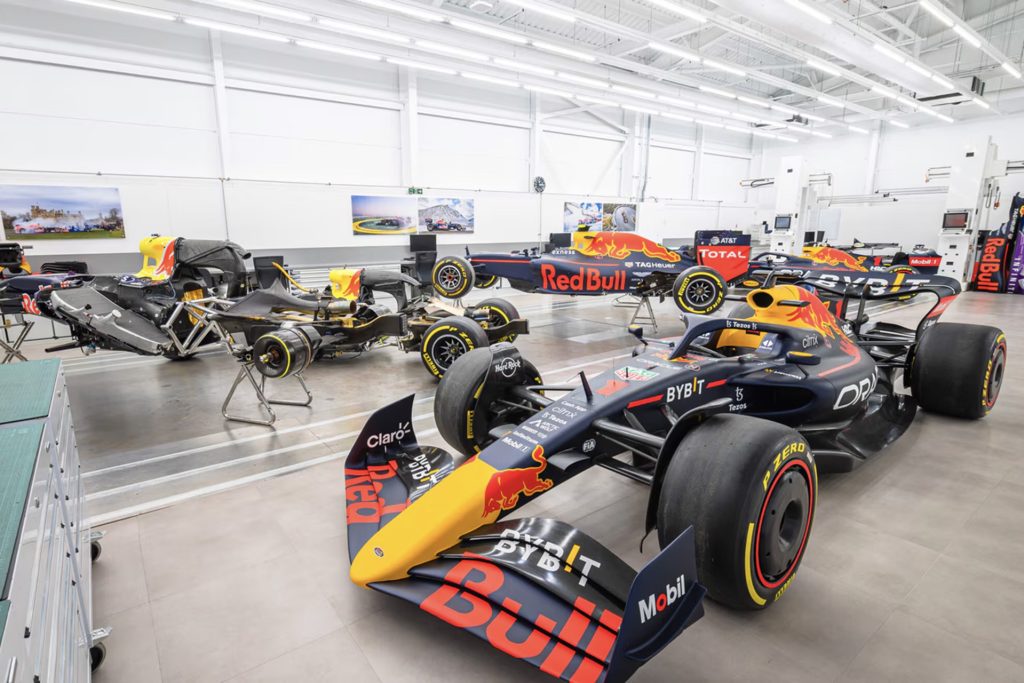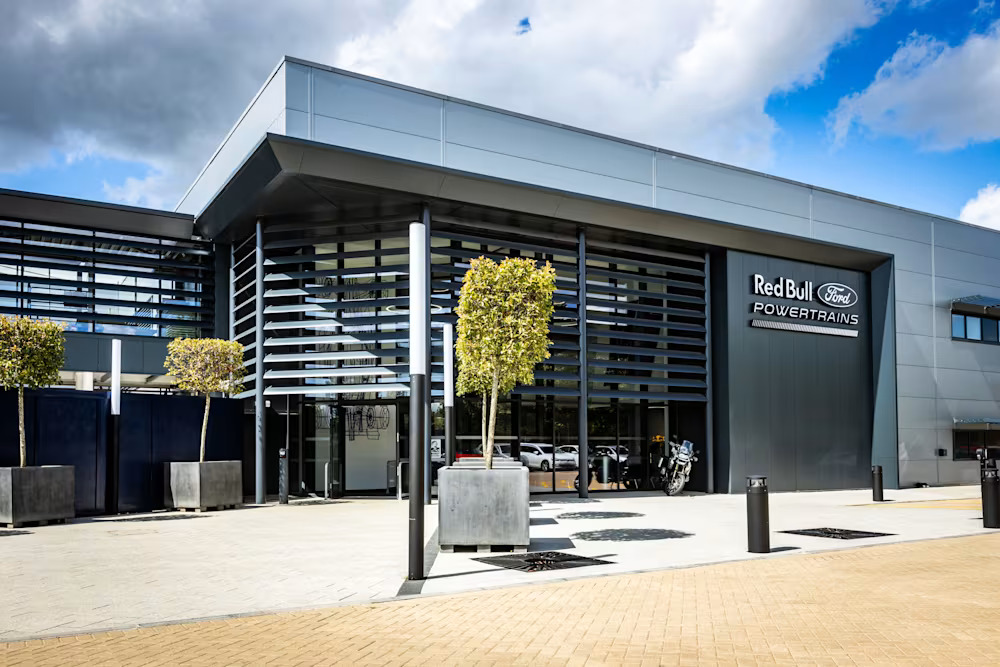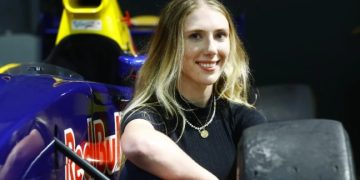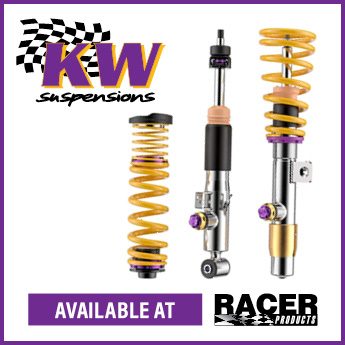Back in November, Eloise Beattie was one of more than 3,500 applicants vying for a coveted graduate position with Red Bull Racing. The selection process was competitive and rigorous, involving interviews in the UK; however, she ultimately received the call she’d been hoping for.
This coming September, the former Nelson College for Girls student will head to Milton Keynes in the UK to begin her new role as a Graduate Control Engineer with Red Bull Powertrains, the division behind the cutting-edge systems that power Red Bull’s Formula 1 cars.

Interestingly, a career in motorsport engineering wasn’t always part of Beattie’s plan. Initially drawn to theoretical physics, her path shifted thanks to a high school project that introduced her to hands-on problem-solving.
“He essentially let us have full rein on our project,” Beattie recalls of her teacher, Mr Bradley.
“That process of creating and solving my own problem – that’s what I found addicting enough to pursue.”
That experience led her to the University of Auckland, where she completed a degree in Mechatronics Engineering with First Class Honours. The interdisciplinary field, which combines mechanical, electrical, and computer engineering, proved to be a perfect fit.
During her time at university, Beattie contributed to several innovative projects. She worked on systems that use magnets to drive mechanical equipment, was involved in microchip fabrication, and helped develop a laser tracking system for drones.

“I should clarify that’s part of a wireless energy transfer, not actually shooting down the drones,” she jokes.
One standout project involved designing a rev monitor system specifically for sprint cars, compact, high-powered race machines commonly used on dirt tracks.
“A rev monitor is a system that measures and displays the RPM (revolutions per minute) of a car’s camshaft. Every car has one, it’s usually the dial next to the speedometer,” she explains.
“When I worked on it, I was developing a display monitor for sprint cars that connected to various sensors and showed relevant information to the driver. This included the revs, as well as alerts for low oil, high temperature, and so on.”
Her entry into the world of Formula 1 engineering was facilitated by encouragement from a colleague during an internship, who suggested she apply for the Red Bull role.
“I can’t say explicitly what I’ll be doing at Red Bull Powertrains, but my role will be working as a Controls Engineer on the Powertrain for the 2026 regulations and beyond,” she says.

That timing aligns with a major shift in Formula 1. The sport is preparing for significant regulation changes in 2026, aimed at making cars lighter, more efficient, and more sustainable.
“F1 is going through a major regulation change in 2026. These happen every few years and mark different ‘eras’ in the sport,” Beattie explains.
“For example, we’re currently in the ‘Hybrid Era,’ following the shift from V10 to V8 engines, and now to the current V6s. In 2026, the cars will become lighter and slightly smaller, with a 50/50 split between combustion and electric power, all running on 100% sustainable fuels.
“The idea is to make the cars more nimble and encourage more wheel-to-wheel racing, which, if successful, will be very fun to watch.”
While excited for the opportunity, Beattie is also realistic about the pressure that comes with the role.
“I’m definitely very excited, but also nervous. There’s a level of impostor syndrome, and the industry’s need for confidentiality makes it hard to prepare in the way I’d like to. But overall, I’m just really looking forward to it and trying to learn as much as I can beforehand so I can hit the ground running.”
What excites her most, though, is being part of a high-performance, world-class team.
“Beyond the work itself, which I’m incredibly excited to start, I’m most looking forward to being back in a high-performance environment.”
From classroom experiments in Nelson to contributing to the future of Formula 1, Eloise Beattie’s journey is just beginning.
Header Image: Martin de Ruyter
















Congratulations I am sure u will do well, Flying the flag for Nelson and NewZealand